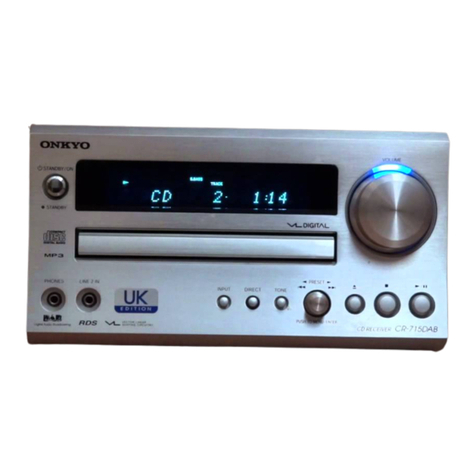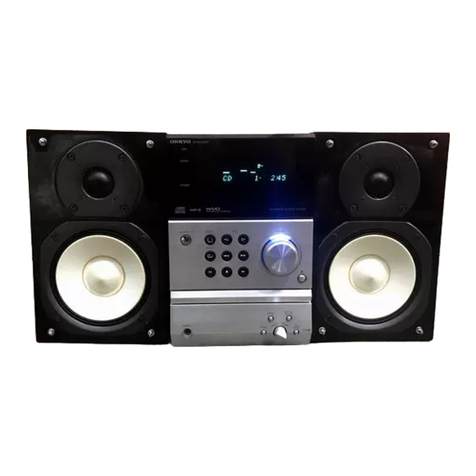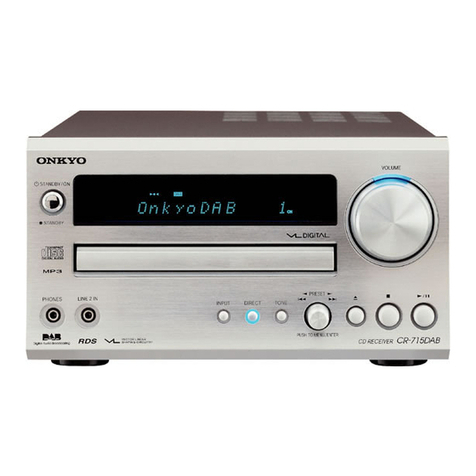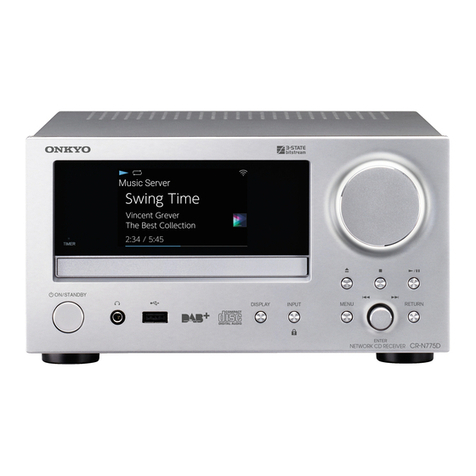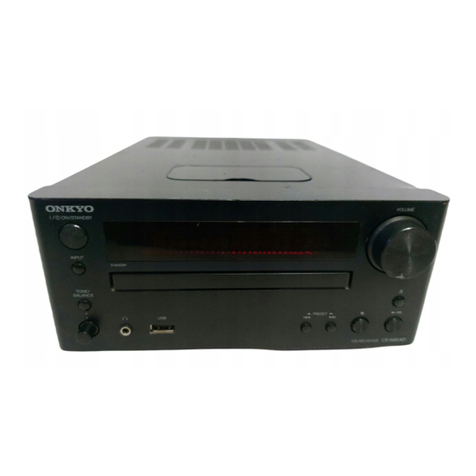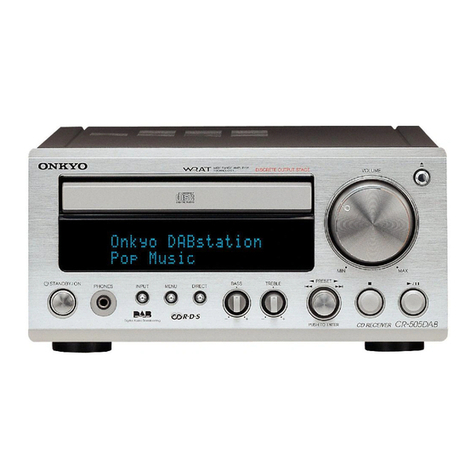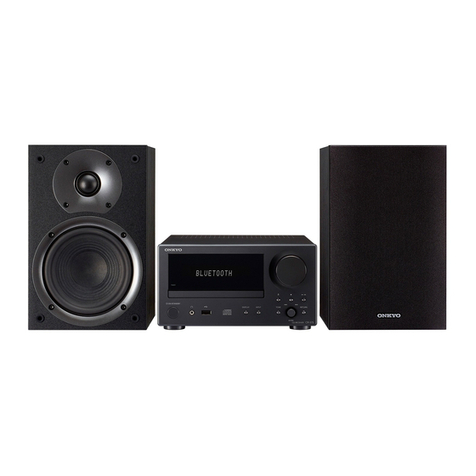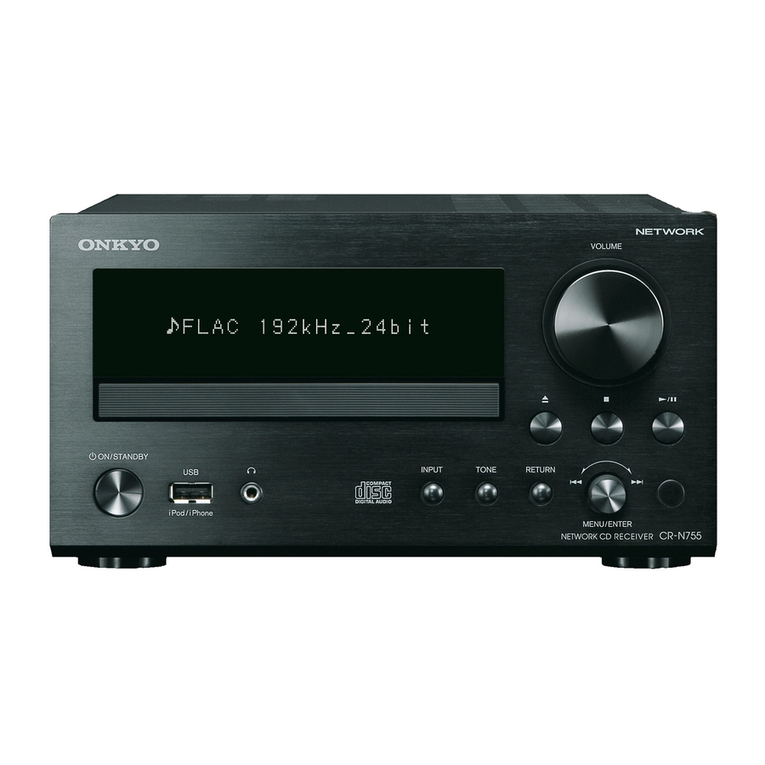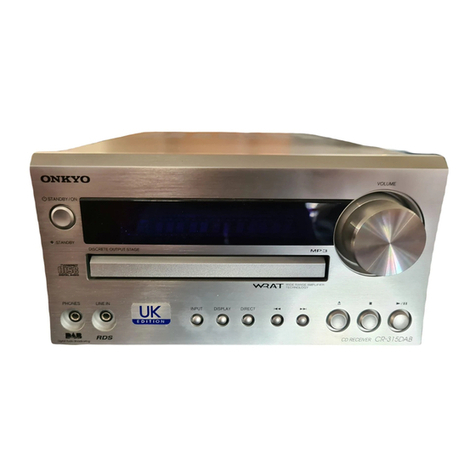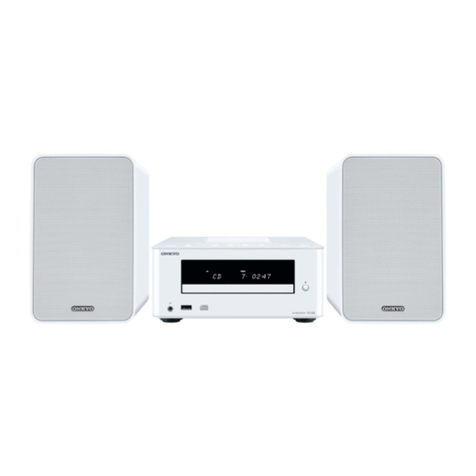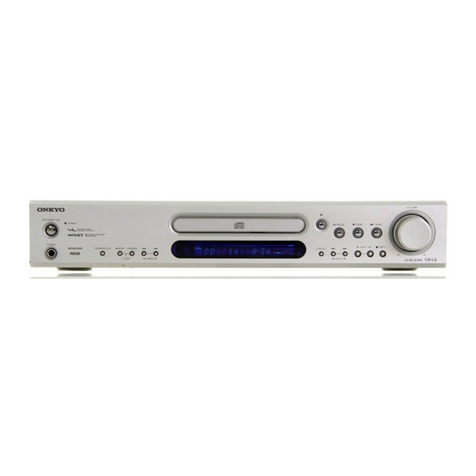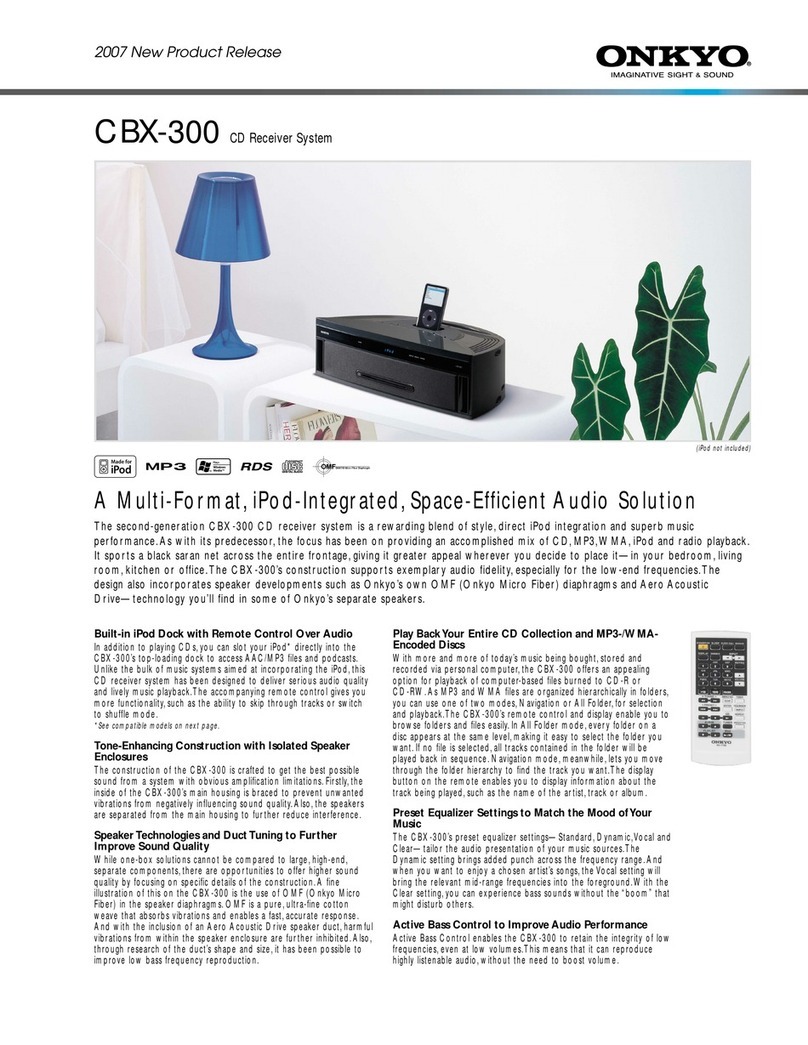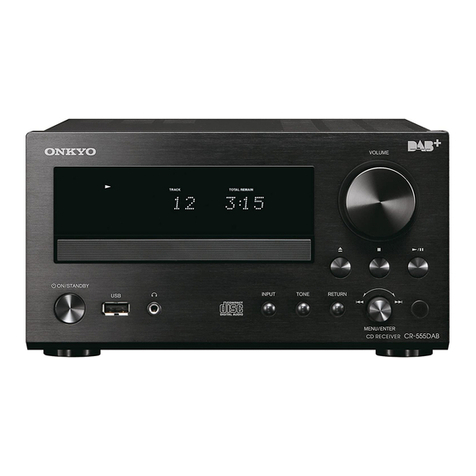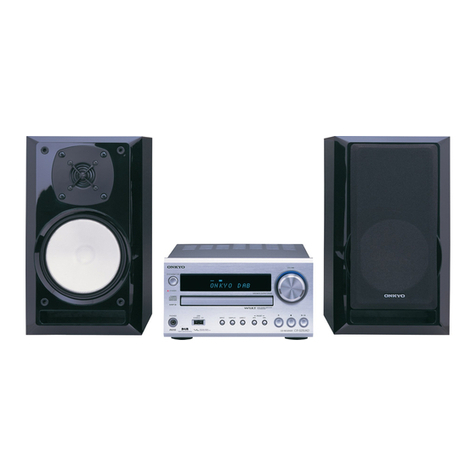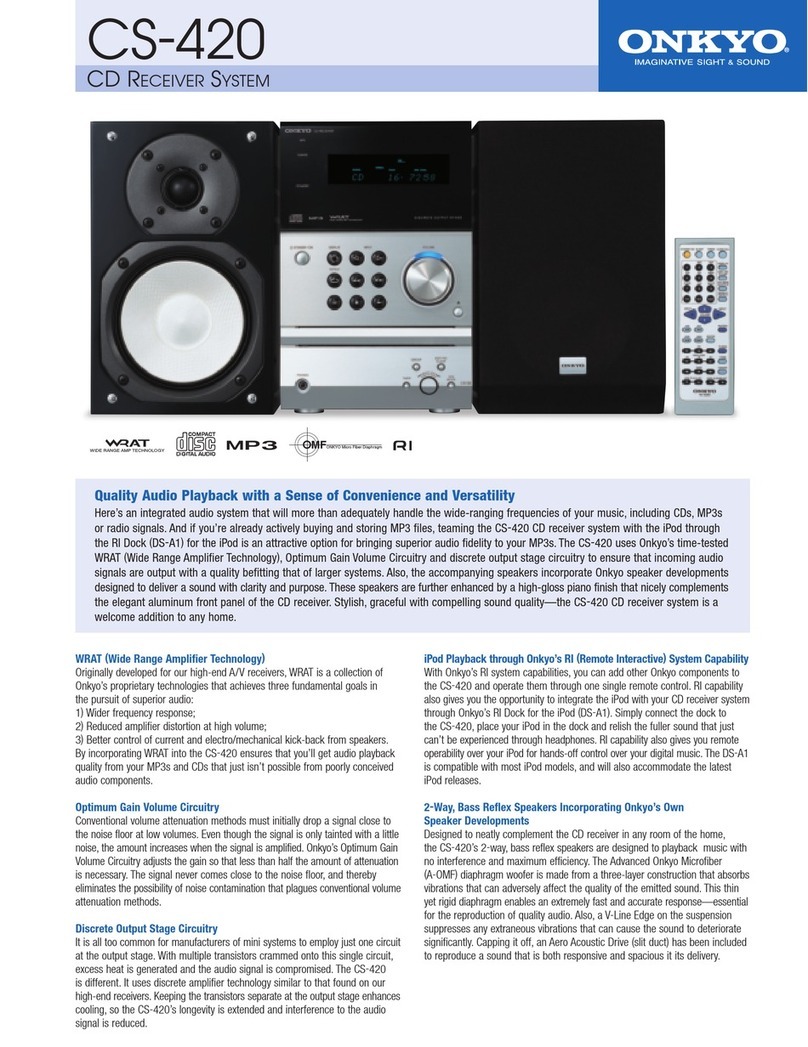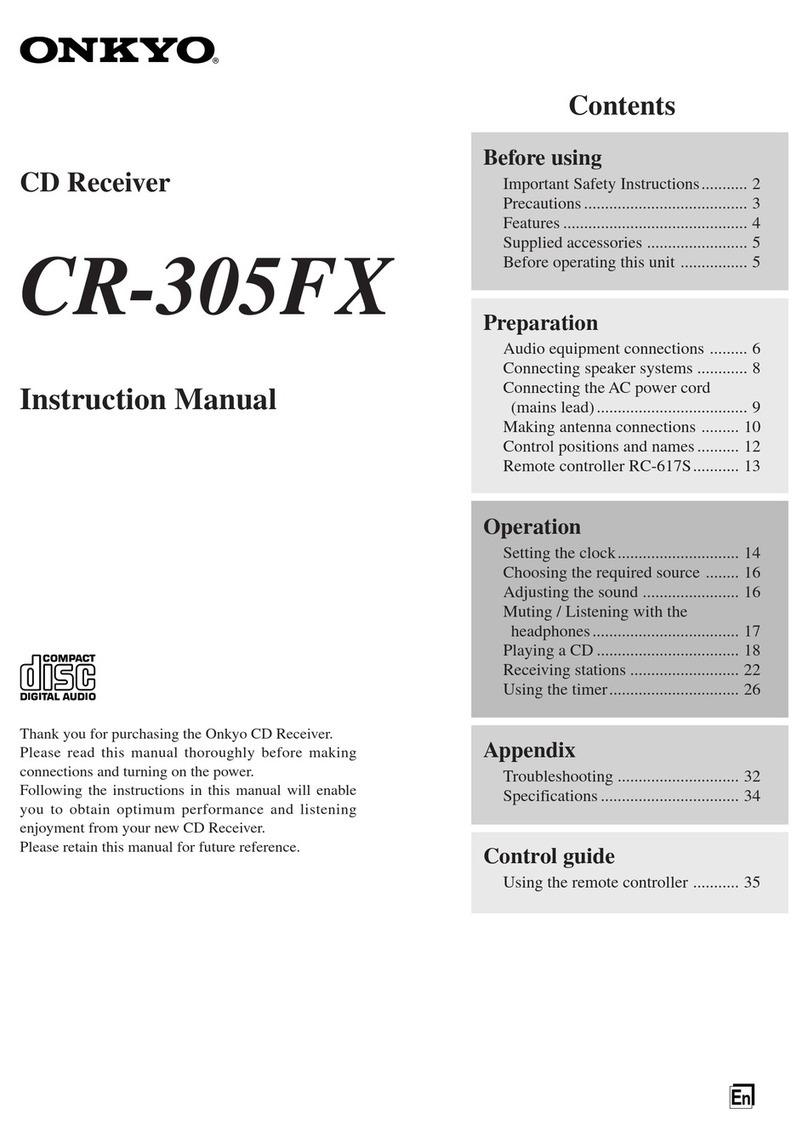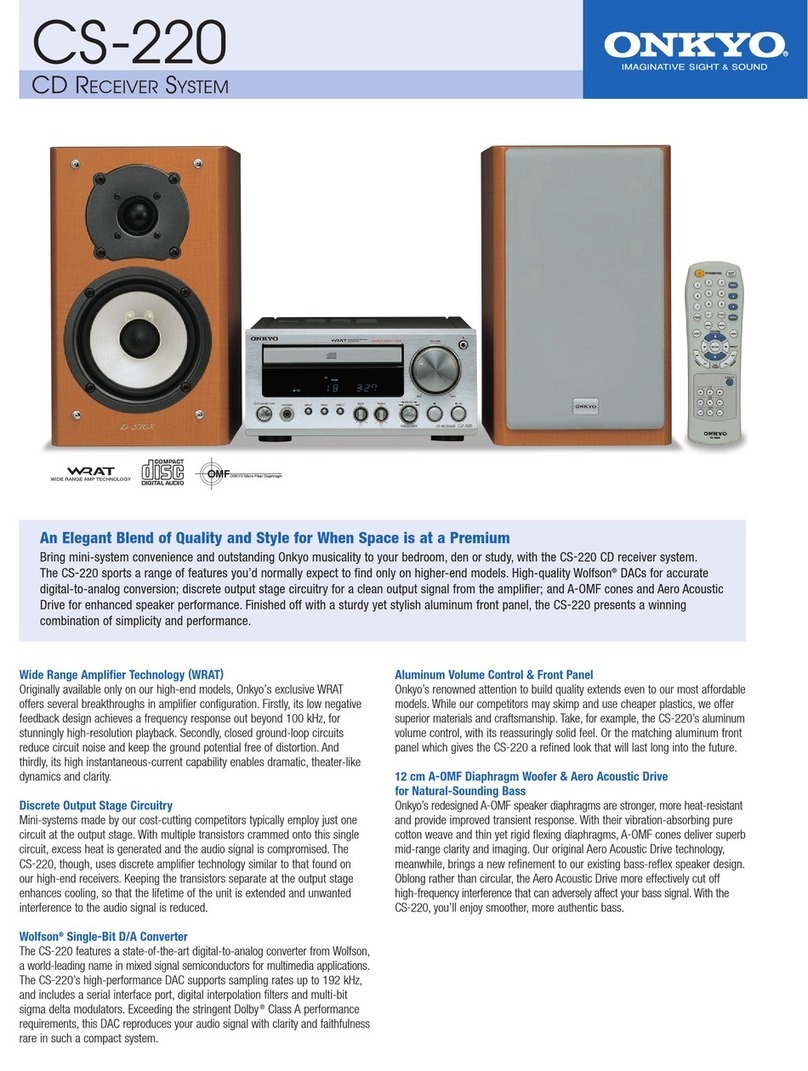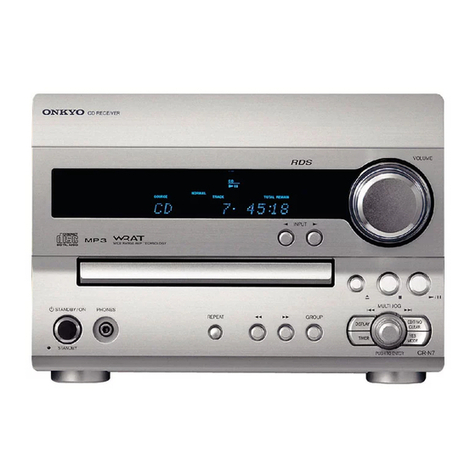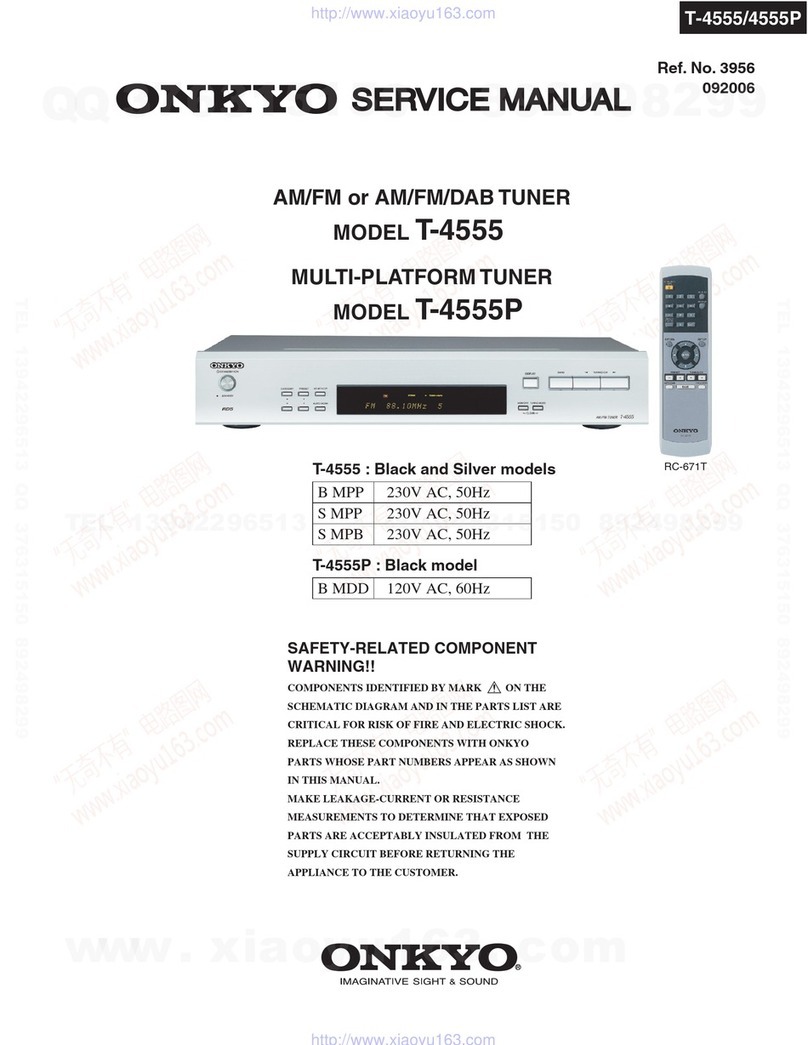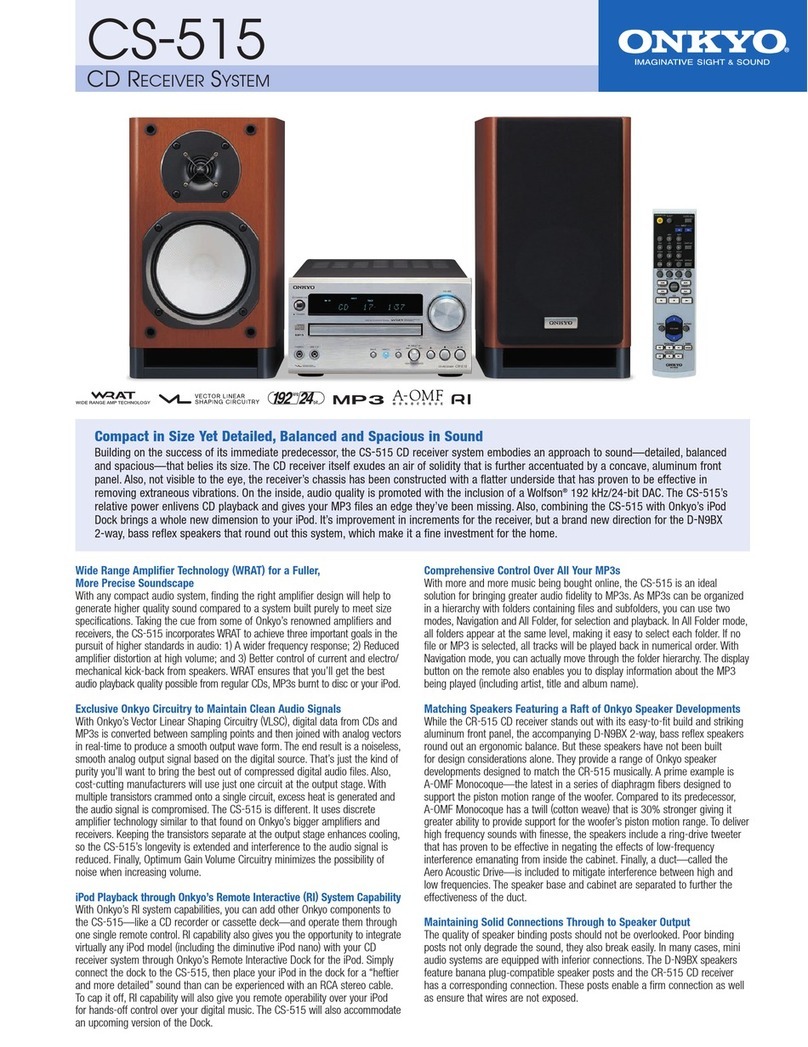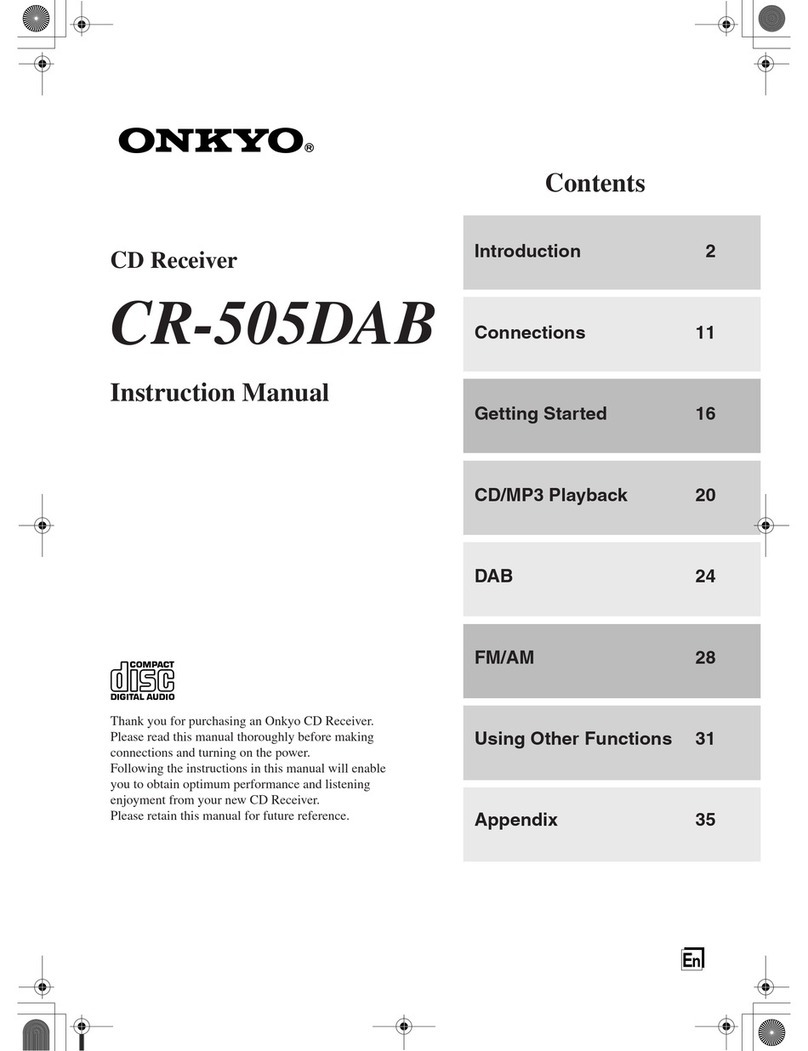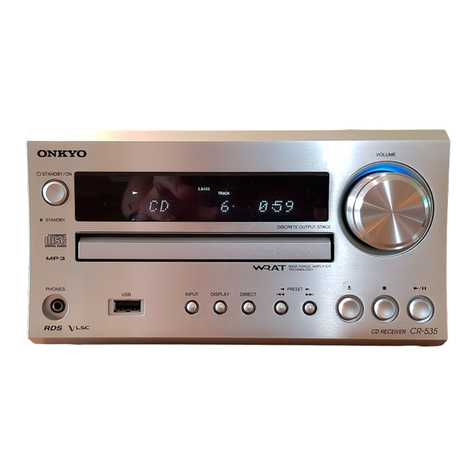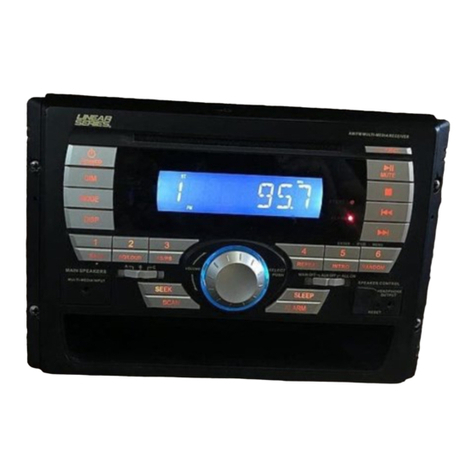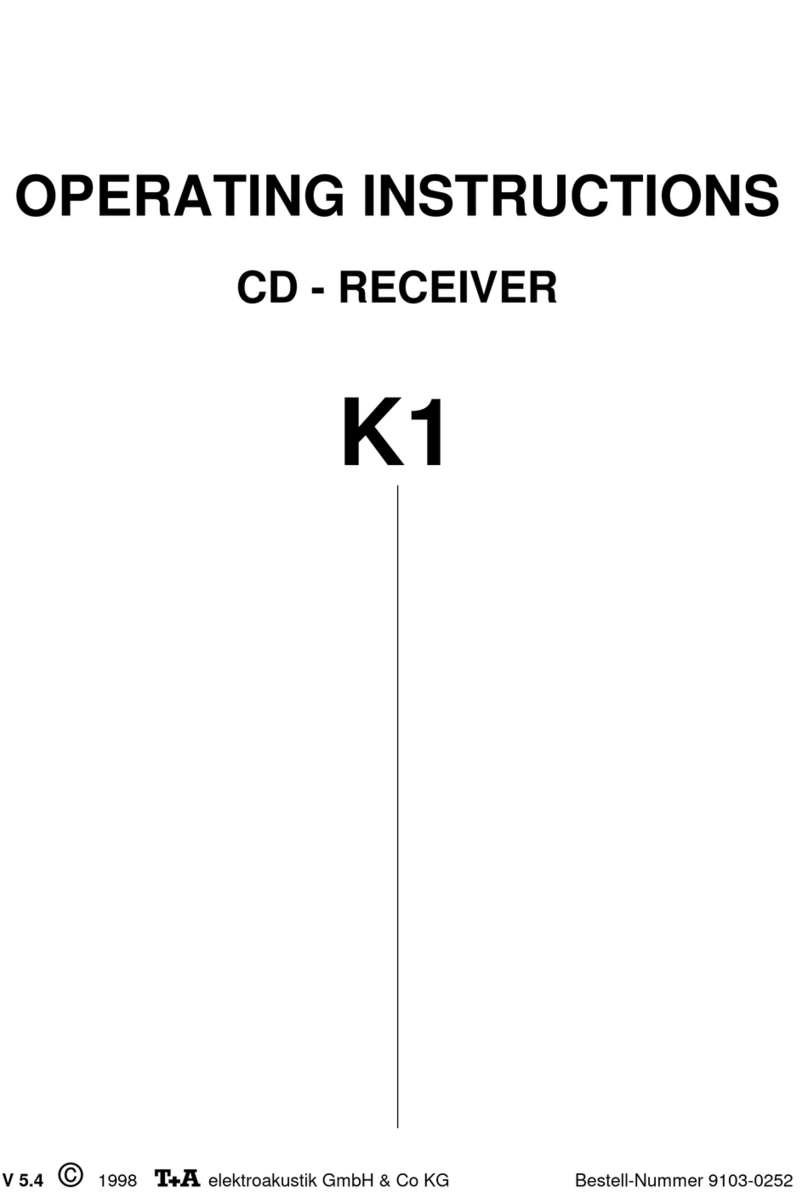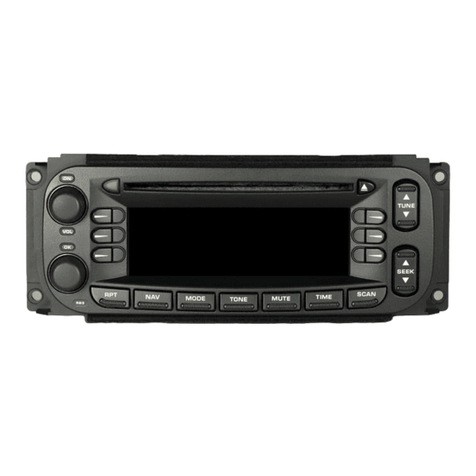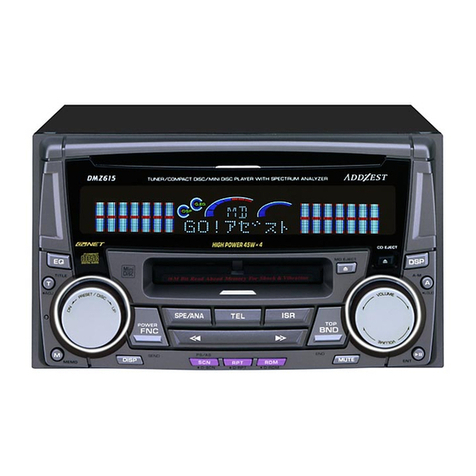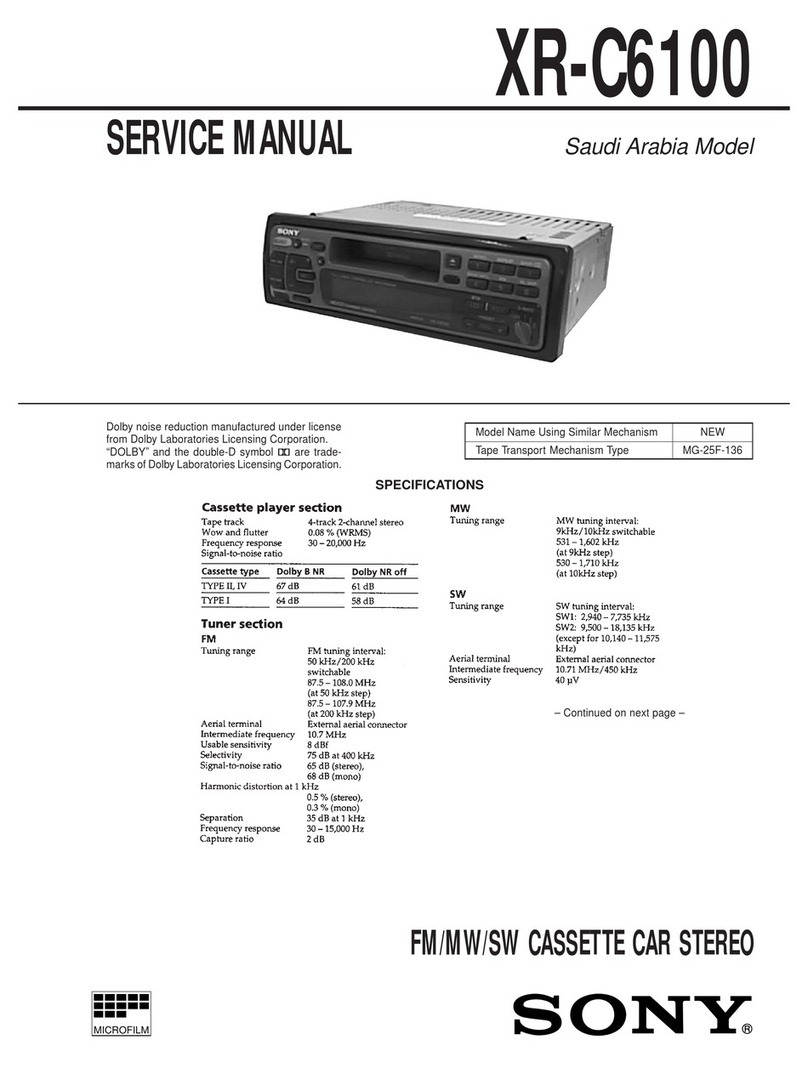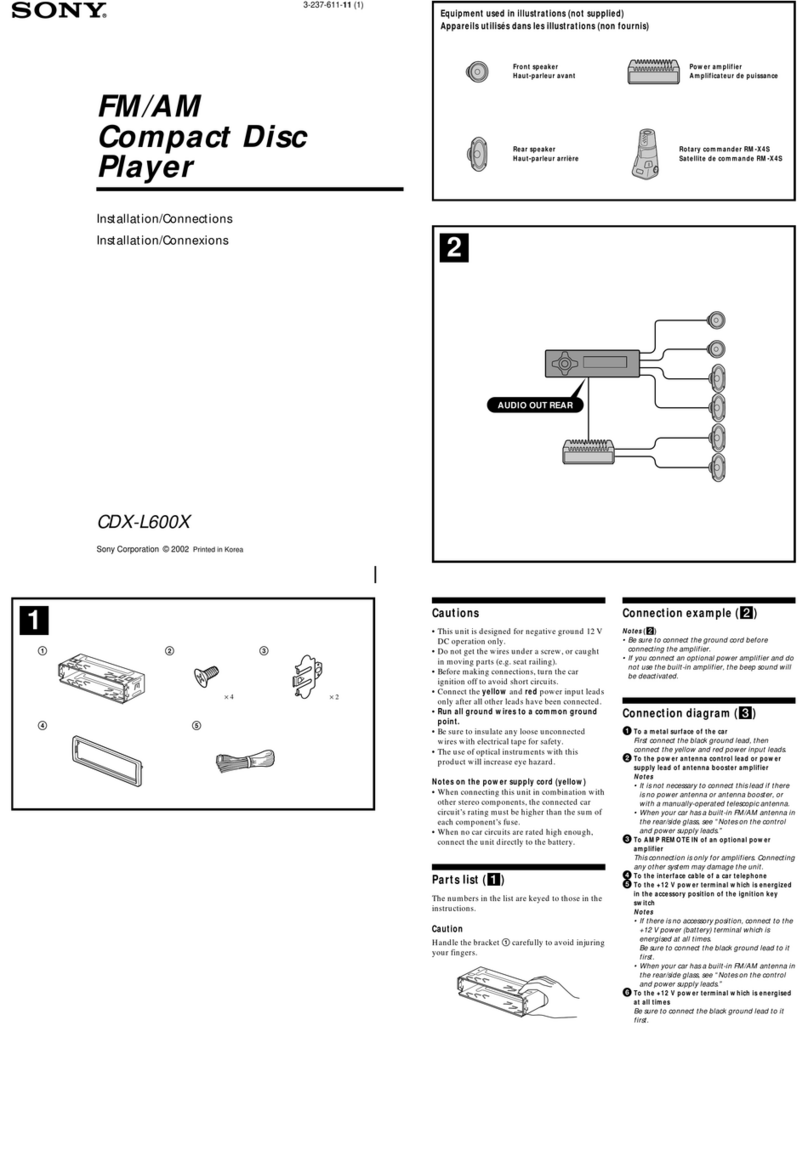
I How to cancel memorized stat¡ons
Retrieve the class number you want to cancel (see "How to
retrieve.memorized stations") and then press the Dl RECT button
while holding down the MEMORY button. Another station can
be memorized with the memory number which has beén can-
celled.
I How to retrieve memorized stat¡ons
@ Press the Classified Memory button for the desired class.
o The memory number (station) which was last used in the
class will be received.
@ There are sovoral methods to proceed after the above opor-
ations are carried out. Use any of the following methods.
a. Pressing the same Classified Memory button again per-
mits the next preset memory number (station) lo be re-
ceived.
b. lnput the memoiy number you wish to receive by using
the Number buttons.
o lf the memory number consists of 2 digits, input two
numbers, immediately one after the other. For instance,
when inputting "15", "15" will not be registered if
you wa¡t more than one second before inputting "5",
resulting in only "1" being registered.
a lf a number other than a number from 1 to 40, or a
number which has not been memorized is input, the
number flashes for 2 seconds and then the number
which was displayed before will be displayed.
. lf a number between 1 and 4 is pressed, the display
and station are changed 1 second later.
c. Press the SCAN button
o Stat¡ons memorized in the present class will be
scanned in a order and the corresponding memory
number will flash in the Preset station display at each
scan. After the last memory number of the class is
reached, scanning starts again from the first memory
number of the class. Pressing the SCAN button again
stops scanning.
. Pressing the SCAN button after pressing the MEM-
ORY button, enables you to scan through the memory
numbers in all the classes one by one.
I APR (Automat¡c Precision Reception) System (FM only)
This unit is equipped with ONKYO's unique APR system that
automatically controls the Auto stereo/Mono reception modes,
lF bandwidth wide/narrow setting and FM auto hi-blend circuit
according to the quality (signal strength, distortion, etc.) of the
signal currently being received. Consequently, optimum re-
ception (the lowest distortion and highest S/N ratio) is assured
at all times. Note that the APR system functions only during
FM reception. An Auto Stereo/Mono Selector, lF bandwidth
selector and auto hi-blend selector are provided to allow man-
ually overriding these three APR controlled reception modes.
lf the station is retuned, or the APR button is pressed again
however, the or¡ginal APR selected modes will be restored.
The APR system functions automatically when using the UP
or DOWN .buttons, or direct tuning.
The APR settings are memorized when the station is memorized.
I How to name preset stat¡ons
(Character memory function)
This function enables you to memorize a maximum of 5 char-
acters consisting of alphabetics, some symbols and numbers,
for instance, representing broadcasting station names, for each
preset station. . DOWN /UP -
CLASS I\ ø@DISPLAY
CHARACTER
The display shows an FM broadcast at 105.11 MHz has been
memorized in 1 CH of the CLASS A, and hat been named
"oNKYO".
@ Call up the stat¡on to be named, using the CLASS A Button.
a lf the bröadcast has not yet been memorized in the preset
station, see Page 5.
@ Press the DISPLAY button.
a The frequency in the display goes off and the cursor
flashes at the first character.
n 1'; IIE F E l-1 I ,-l i-( l- l'l l"l Ü
t-t nt-t TTttt/tt\/t/-7 l-t t_-l:_t
f-LlfiJ ttt!/ l/\l /\ t / U ll:J
,l',a E -ii7 ri ,' )K -f I tl / \!)
@ Select a character using the UP > or DOWN < button
while thè cursor is flashing (approx. 5 seconds).
o The characrer changes lrom " f-f " to " -_il ", " | " ana
so on when pressing the UP I buttonland changes in
reverse order when pressing the DOWN I button.
@ Press the CHARACTER button once more when the desired
character is displayed. The character will be memorized and
the cursor moves to the next character.
o Select 5 characters by repeating steps @ and @ . lf you
want to include a space, press the CHARACTER button.
@ Press the CHARACTER button after selecting 5 characters.
ä,,iääirifräi"""'-1" llt',i t( \' tl..:". l? t""
o Flashing stops, and the naming operation is complete.
I How to change the character
Press the CHARACTER button to flash the character and select
the desired character using the UP > and DOWN < buttons.
I How to delete all characters at once
Press the DISPLAY button, while holding down the CHAR-
ACTER button.
I How to use the DISPLAY button
When characters are memorized for a preset slation, pressing
the CLASS Button does not display the frequency, but the
characters.
Press the DISPLAY button if you wanï to display the frequency.
NOTE:
lf you press DISPLAY once, and the wrong characters appear,
press the button twice more: once to display the frequency, then
once more to display the correct character sequence.
o Press the DISPLAY button once more if the cursor stops
f lashing.
EÞE
I
I
